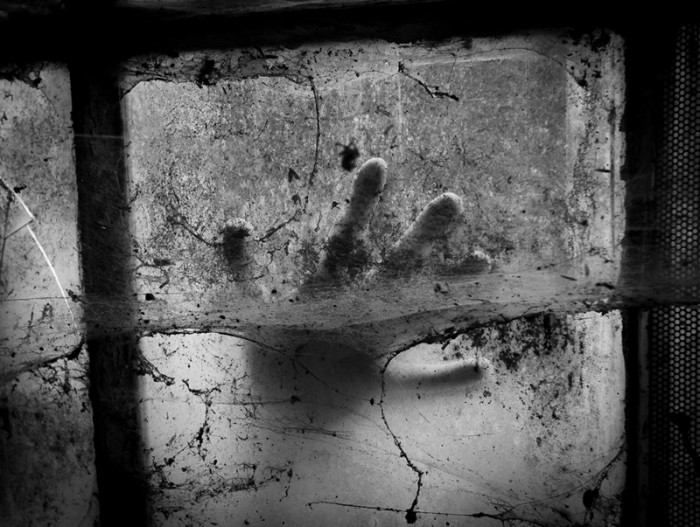History is his story (but it’s not my story).
Written by John MacphersonWhen I was small I played in a distillery. With my friend Kenny. His dad was the manager.
It was old, and parts had once been houses. And the upper floor of one old building was “Keep Out Danger’ signed. So of course, as children we interpreted that as “Come in. Fun.”
Access was up an old plank, precarious. The upper floor was rotted, unsafe and for half a century untrodden, apart from pigeons. And we children.
We climbed there often and wondered at the stuff. An old chaise longue, a music stand, a suitcase, books books books, and some old pictures. I still have a book, Birds of Britain, wonderfully worn and stained, coverless, but coveted. We sat around and pretended to be somewhere else in some other time, and were silent when we might be found.
And one day I climbed onto the top of a wardrobe, the kind that Narnia might be lurking within. And on top I found an inch of dust and pigeon poop, and from it fell a folded thing.
A yellowed, crispthick piece of parchment. It was written on in flowing ink, embellished with curlicues and flourishes. It was dated 1868, and the name of the recipient (it was so long I forget what it was in its entirety) contained ‘Plantagenet’, ‘Richard’, and the family name ‘De’Ath’ amongst other names that filled a paragraph. At the bottom was a large ruby-red seal of wax, impressed by some hand almost (but not quite) a hundred years before. Still shiny.
We were enthralled by the DeAth word (commas were not in our vocabulary at that age). Being in a dark, dank attic, cobwebbed and stale, with DeAth around us was a thrill.
I took it home and kept it safe. For years and years and years. Long enough for it grow older in my possession and reach, then pass, one hundred years old.
A century!
I would take it out and touch it gently, wondering. An old thing, a link to some other’s history I was unaware of, but one day might discover.
And then I went to secondary school.
One day I told my history teacher about it. He feigned interest, but said “bring it in”, in the emotionless voice adults use to placate children.
I did bring it in. His eyes lit up. “Ohhh may I see it?”
I gave it to him. He fingered it covetously.
“May I take it for a few days to read it properly?” he asked. I said yes that would be fine.
Days passed. He did not return it.
One day I asked where it was and could I have it back. “Oh I’ll bring it in, I keep forgetting.”
Weeks became months. He did not return it.
I asked again. “I don’t have it.” he said curtly.
“What. But it’s mine. It belongs to me and I would like it back. Please.” I said politely.
As he turned away he said “Go and sit down and behave. It’s gone to someone who knows about these things, an expert. You can’t have it back.”
And that was it. Gone. Forever.
These “things they know about” these “experts”, I wonder, do these things include my childhood? MY history? Do you think they know about my thrill of discovery, my watching a 97 year old piece of precious parchment grow to be 98, 99, then pass 100 years old? Have they any idea how many times I carefully traced the curling ink of its words with my fingertip and felt the smooth wax seal beneath my soft childhood skin?
Probably not.
And to the History Teacher who changed the history of my childhood with his misappropriation, I have to say you taught me well sir.
But it was a sad, shameful lesson to teach a child.
You taught me that one cannot trust a History Teacher.
And if one cannot trust a History Teacher, how can one possibly ever trust the story of the history they teach us?


Discussion (2 Comments)
He should be named and shamed I think.
Hi Catherine – aye possibly. Made me check my history for accuracy though!